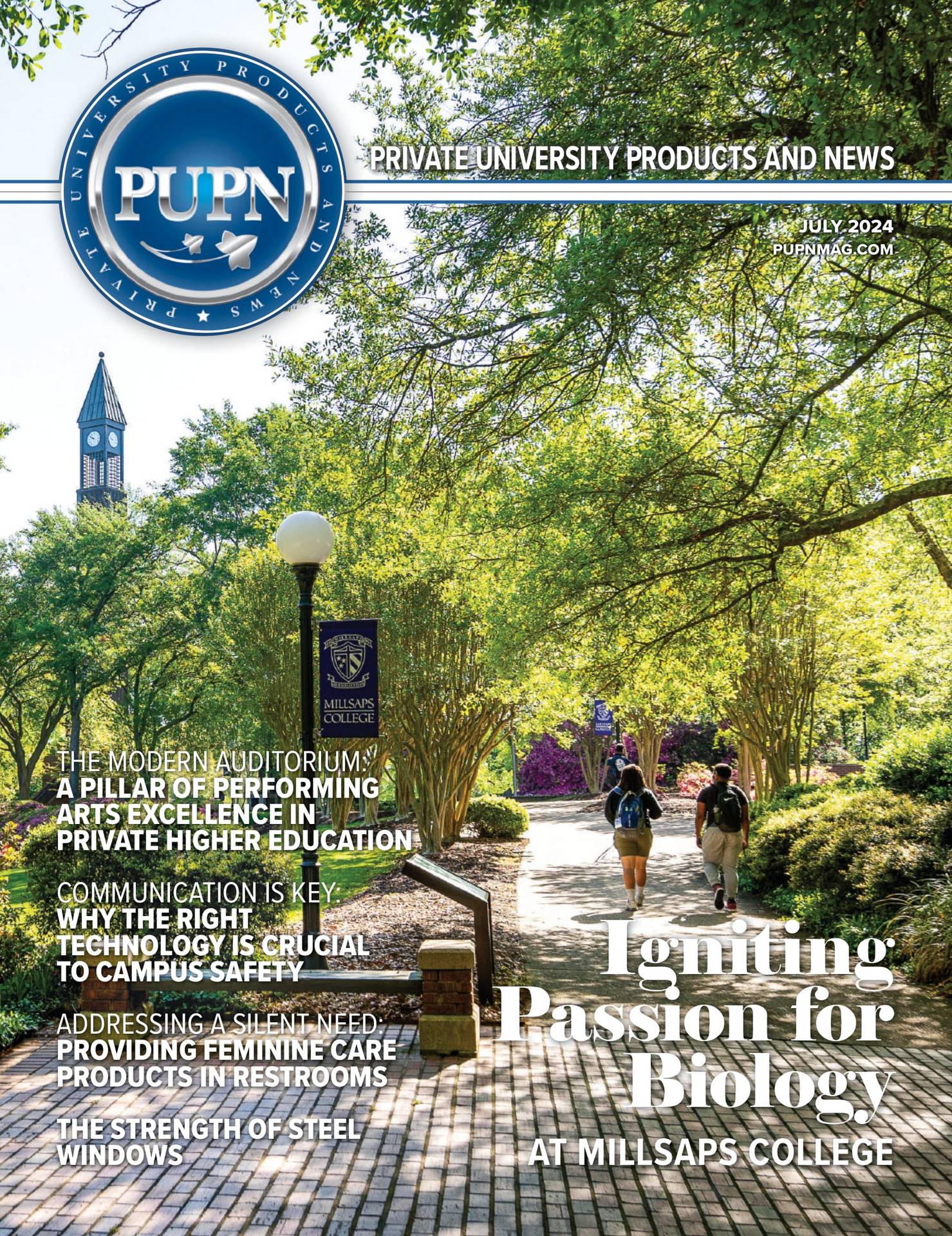What makes these spaces significant? It’s all about how students, faculty, staff, and campus visitors use them, and how they help define the college experience. Lifelong memories are built around games of frisbee on a pristine campus lawn or favorite outdoor spots for lunch with friends. Let’s explore the trends and popular amenities that shape student preferences in choosing their educational home.
Creating a Welcoming Atmosphere
Imagine stepping onto a college campus and being greeted by meticulously manicured lawns, vibrant flowerbeds, and inviting outdoor seating areas. The aesthetic appeal of a campus not only captures attention but sets the tone for the entire educational journey. As the saying goes, “You never get a second chance to make a first impression.” For many prospective students and their families, the exterior aesthetics of a campus serve as the initial introduction to the institution’s values, culture, and commitment to excellence.
Fostering Social Connections
Beyond the visual appeal, outdoor gathering spaces play a vital role in fostering social connections and community engagement. Whether it’s a shaded courtyard, a cozy fire pit area, or a sprawling green space, these areas serve as catalysts for spontaneous interactions, intellectual discourse, and collaborative endeavors. In our digital age, where face-to-face interactions are increasingly rare, these outdoor spaces provide invaluable opportunities for students to connect, collaborate, and build lifelong friendships.
Promoting Wellness and Well-being
In today’s fast-paced world, stress and anxiety have become prevalent among college students. It’s imperative that campuses offer serene outdoor environments for individuals to unwind, recharge, and prioritize their well-being. From tranquil meditation gardens to dynamic recreational areas, these outdoor spaces offer a reprieve from the rigors of academic life, encouraging students to embrace mindfulness, physical activity, and self-care practices.
Integration of Technology and Sustainability
As you strive to meet the evolving needs and preferences of your student body, it’s essential to incorporate modern amenities and sustainable practices into your campus design. From outdoor Wi-Fi connectivity to solar-powered charging stations, technology plays a pivotal role in enhancing the functionality and accessibility of outdoor spaces. Moreover, as environmental stewardship gains prominence, integrating sustainable landscaping practices, such as native plantings and rainwater harvesting systems, not only reduces your ecological footprint but also instills a sense of environmental responsibility among students.
Embracing Multifunctional Design
One of the emerging trends in campus design is the concept of multifunctional outdoor spaces that can adapt to various activities and events. Whether it’s hosting outdoor classes, cultural performances, or recreational sports, these flexible spaces maximize the utility and versatility of campus grounds. By embracing adaptable design principles you can create dynamic environments that cater to the diverse needs and interests of your student body, ensuring that your campus remains a vibrant hub of activity year-round.
Student Preferences and Campus Selection
In a competitive higher education landscape, students are not only seeking academic excellence but also holistic campus experiences that enrich their personal and social development. When choosing a school, students consider a myriad of factors, including campus aesthetics, amenities, and overall atmosphere. Investing in exterior landscaping and outdoor gathering places goes far beyond curb appeal—it’s about attracting and retaining top talent, fostering a sense of belonging, and creating memorable experiences that resonate long after graduation.
In your ongoing commitment to maintain a unique and inviting campus environment, continue also to prioritize outdoor spaces that inspire, engage, and enrich the lives of your students and visitors. By leveraging innovative design strategies, embracing sustainability practices, and staying attuned to evolving student preferences, you’ll ensure that your college remains a beacon of beauty, vitality, and community for generations to come.










